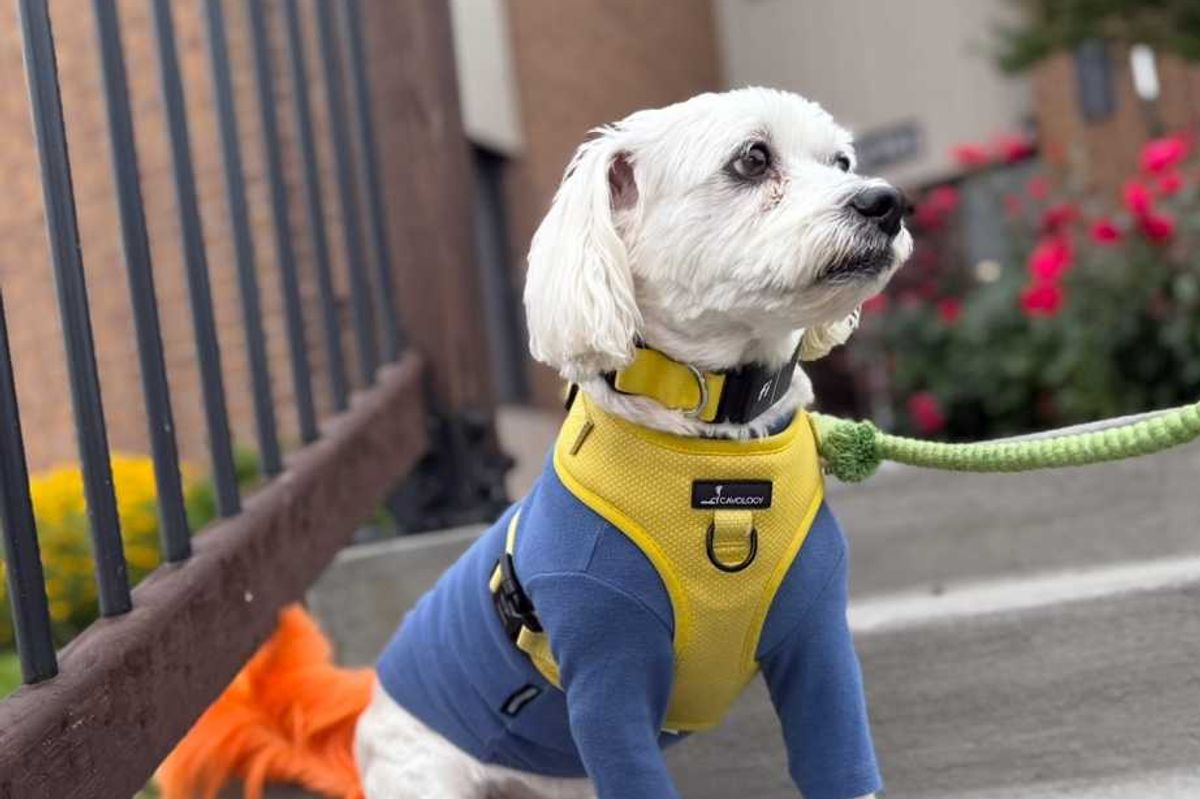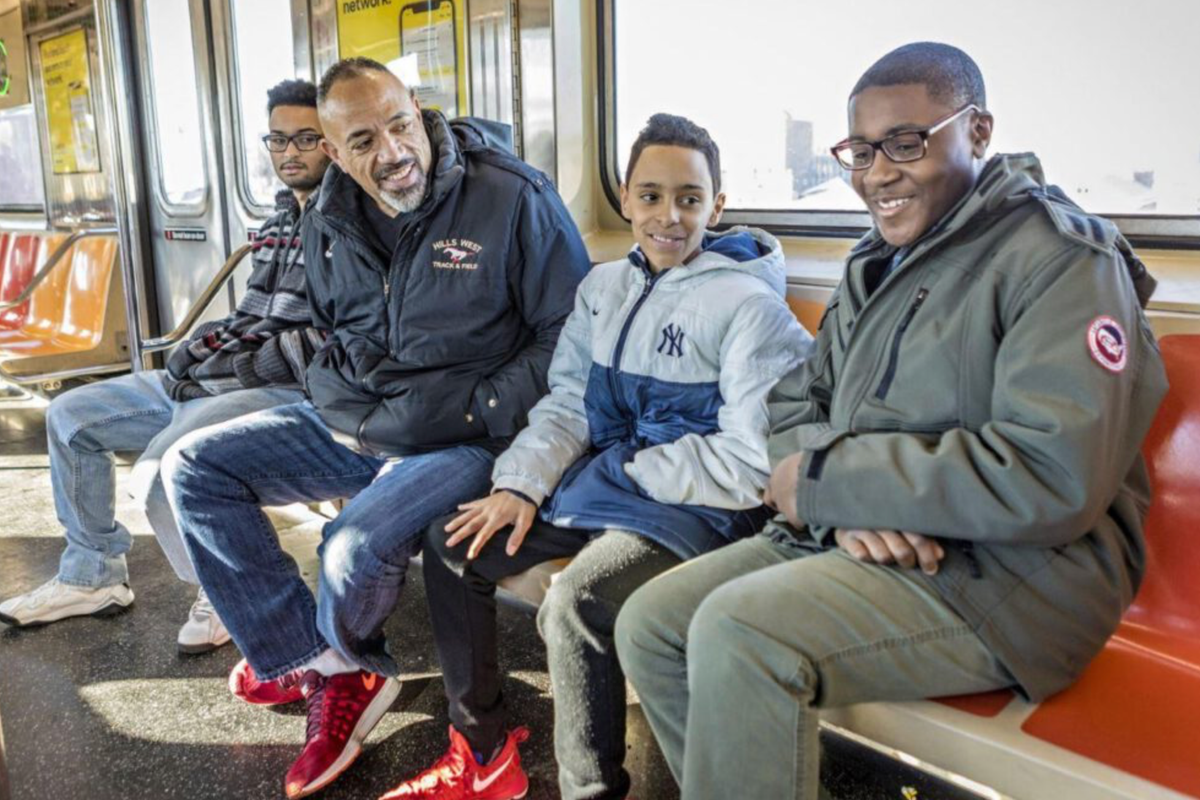5 ways Obama is using $118 million to improve the lives of women of color.
The White House has a $118 million plan to improve the lives of women and girls of color.
The White House unveiled a five-point plan in November aimed at helping women and girls of color.
The plan is part of an effort by the Obama administration to address the unique challenges facing women and girls of color, tackling topics like health care, violence, economic development, criminal justice, and media representation.
For those of us (like myself) who aren't women of color, it's easy to gloss over these challenges — so let's pay attention.
I know some people will be thinking, "Why not just have a summit about the struggles that affect all of us? Why not just all people?"
The answer to that is simple: because we're always talking about all people. If we want to find solutions, and not just platitudes, we need to look at the issues on a closer level.
Here's what the White House hopes to accomplish. It's worth listening to.
Many of these are issues that affect people of all races and genders but which make success particularly difficult for women and girls of color.
Obama senior advisor Valerie Jarrett, shown here in a November 2013 photo, was one of roughly 40 speakers at the summit. Photo by Olivier Douliery-Pool/Getty Images.
1. Address the racial and gender disparities that affect what kind of education our children receive.
One of the biggest issues is how school discipline is handled. Data shows that girls of color are disproportionately targeted for things like detention and suspension.
"Black girls are suspended at higher rates (12%) than girls of any other race or ethnicity and at higher rates than white boys (6%) and white girls (2%)," reads a statement on the White House's website. "American Indian/Alaska Native girls are also suspended at rates that exceed those of white students."
How do we address this? Well, one of the suggestions put forward by the Obama administration is additional funding to study the root causes in these disparities. What we do know is that when students aren't in school as the result of suspension or expulsion, they're not learning; when they're not learning, that sets off a whole chain of not-so-great things.
2. Invest in programs to end the school-to-prison pipeline.
"In 2013, black females were nearly three times as likely as their white peers to be referred to juvenile court for a delinquency offense," reads a Department of Juvenile Justice and Delinquency Prevention report.
Last year, the Obama administration released guidelines to support at-risk girls — in particular, to help keep those involved in school discipline or sexual abuse from ending up in prison.
3. Promote diversity in science, technology, engineering, and math (STEM) programs.
In a look at 2012 data on science and engineering degrees, minority women accounted for just 11.2% of bachelor's degrees, 8.2% of master's degrees, and 4.1% of doctorate degrees.
One of the administration's educational goals has been to help spark interest in the sciences at an early age. That's certainly a start to addressing these problems.
4. Provide programs, resources, and education to reduce unplanned teen pregnancies.
Teen pregnancies have been on the decline! Go us! However ... the White House acknowledges that "black and Latina girls remain more than twice as likely as white girls to become pregnant during adolescence." As teen mothers are less likely than their peers to graduate from high school (just half of teen moms graduate by the time they turn 22), this feeds into some of the aforementioned challenges.
While programs like those run in Colorado have been a huge success, the White House's latest move could be just as helpful. The Centers for Disease Control and Prevention will spend $9.75 million to ensure public health centers are up to standards — complete with accurate, comprehensive material surrounding sex ed. Oh, and they made a teen pregnancy prevention app!
5. Address the wage gap in both gender and race.
Yes, the wage gap exists. Usually, though, we just hear about the difference between what men make and what women make. The truth is that if you factor in race, it's even worse. For example, check out this chart from the American Association of University Women.
That's ... not good, and we need to do something about it. On the White House's end, the president is recommending making permanent some of the tax cuts set to expire in 2017 and pushing to bring paid family leave to the U.S. Just as big, however, was Friday's announcement that the Ms. Foundation and Prosperity Together announced a five-year, $100 million commitment to fund programs to help low-income women find success.
Can the issues discussed be fixed in a day? Of course not. But these are some real, actionable steps. And that's great.
The intersection of racism and sexism is one of those areas that seems to get left behind in much of the "American Dream"-type talks and debates we hear politicians talk about. That's what makes today so different. For one powerful day, the focus was on those who so frequently get stepped on, talked over, and pushed away from policy conversations.
The women in attendance at the summit came ready to set the agenda. Now it's our responsibility as a country to help see it through.
We should look to those like Melissa Harris-Perry, Loretta Lynch, Valerie Jarrett, and all the other women who spoke at the conference as inspiration to fight racism and sexism wherever we see it through society and ensure that future generations are offered the same opportunities as their peers regardless of race or gender.
U.S. Attorney General Loretta Lynch is the first black woman to hold that office. Photo by Chip Somodevilla/Getty Images.










 Theda Bara
Theda Bara 
 Step right up and take a spin on the Wheel of Fortune!
Step right up and take a spin on the Wheel of Fortune! 